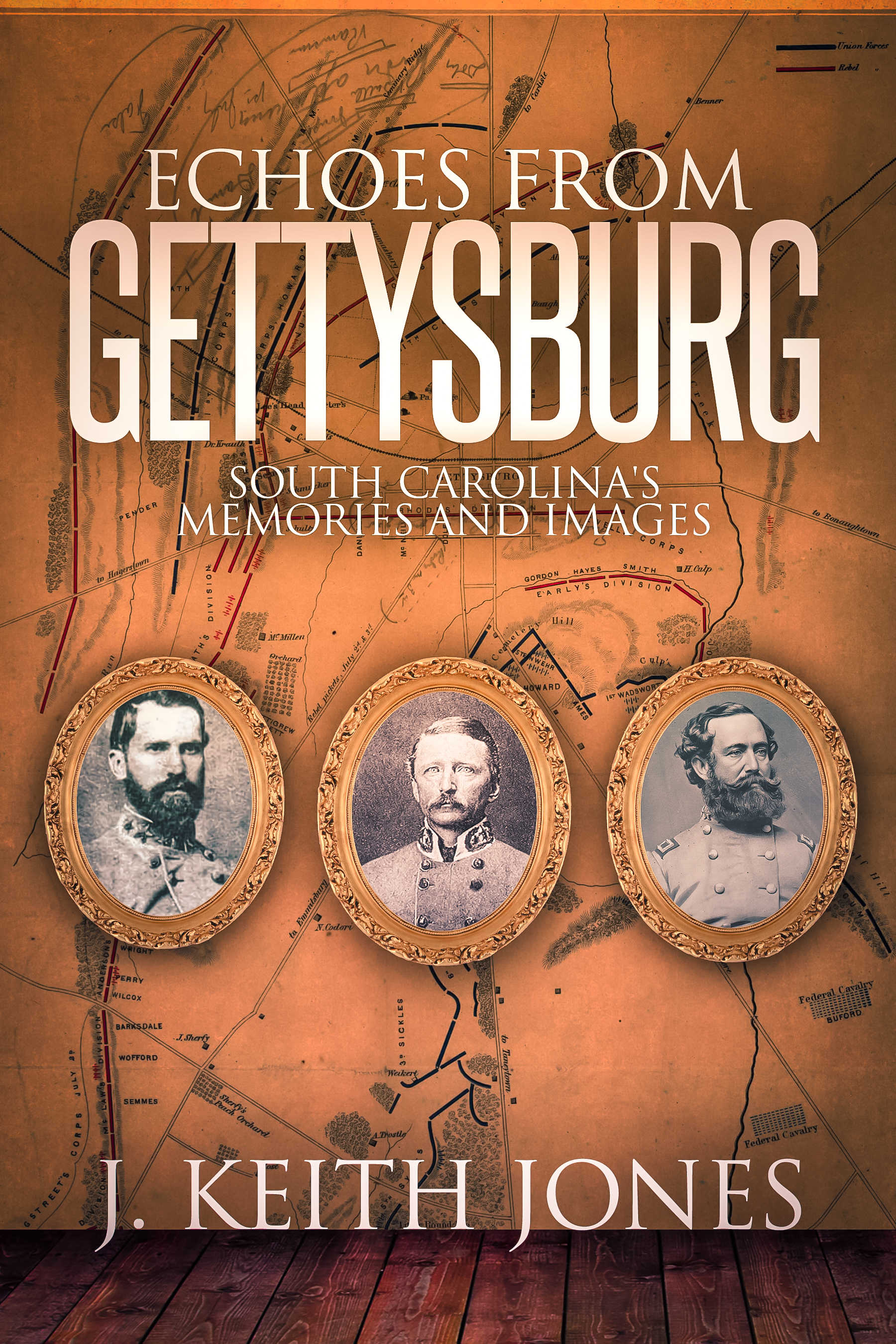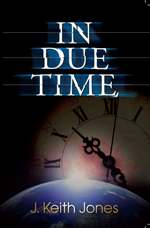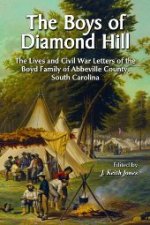Military Writers Society of America president Joyce Faulkner has just released a fantastic review of The Boys of Diamond Hill this week. This review is one that would buoy the spirits of any writer and make him dive into his next project with great enthusiasm:
A gorgeous & heartbreaking piece of history
January 8, 2012
By Joyce Faulkner
This review is from: Boys of Diamond Hill: The Lives and Civil War Letters of the Boyd Family of Abbeville County, South Carolina (Paperback)
The Boys of Diamond Hill is a handsome book. When I first received it, I spent a long time examining the cover — and every time I picked it up, I saw another detail in the mural-like painting representing a soldier’s life in the Confederacy. It is well-researched, well-documented, and beautifully presented by editor and MWSA member J. Keith Jones. If you are a scholar of the Civil War, you will rejoice as the primary materials — letters exchanged by members of the Boyd family — brings their experiences to life as only first-hand accounts can do. If you are a casual reader, you will be struck by the cultural and philosophical differences between the 19th and the 21st centuries in America — and yet, how much the same we all are. Any reader will be moved by the lives of these people, farmers, caught up in the major American catastrophe of their time — politics gone awry and turned violent.
In the afterward, the editor comments about the emotional connection with this family he felt after the many weeks and months he spent working with their letters and researching their lives. I understood his point. As I read about the brothers’ devotion to their parents, their affection for their siblings and their love for their wives and children — I began to feel like I knew them. And when they began asking each other of news about Felton or about Andrew’s well-being, even though I knew they were already dead when these words were written, I too was devastated.
This book had to have taken an incredible amount of work. I’m sure Mr. Jones found the information in bits that had to be fitted together like an enormous jigsaw puzzle. He helps the reader along with a well-constructed index and comprehensive bibliography. I loved an appendix that explained the various cast of characters and how they were related to each other. In fact, I read that both before I tackled the letters — and afterwards. Then, I spent hours scanning the Boyd brothers company rosters — looking for names that I might recognize.
This is a work to linger over — and I did. It’s a gold mine for novelists — each letter, in and of itself, is a story with subplots and character development. I found myself reading a letter from one of the boys, reading Mr. Jones’ background information, and then looking up some obscure comment or reference. I got a big kick out of how the Boyds talked so casually about the momentous things happening to them. Daniel is wounded on the second day at Gettysburg. Yet, other than to tell his father that he got hit in the leg, he doesn’t explain himself further. When so much is going on, I guess it’s hard to know what to mention and what let pass. Or perhaps you think you will have the rest of your life to talk about it — or maybe you want to forget it as soon as possible.
This is perhaps the most dogeared of the books that I’ve received in the last few years. I will probably keep it near as reference for a story I’m planning — or maybe just to reach back in time to touch the Boyd family once again on a rainy Saturday afternoon.
Reviewed by: Joyce Faulkner, President of Military Writers Society of America (2011)




